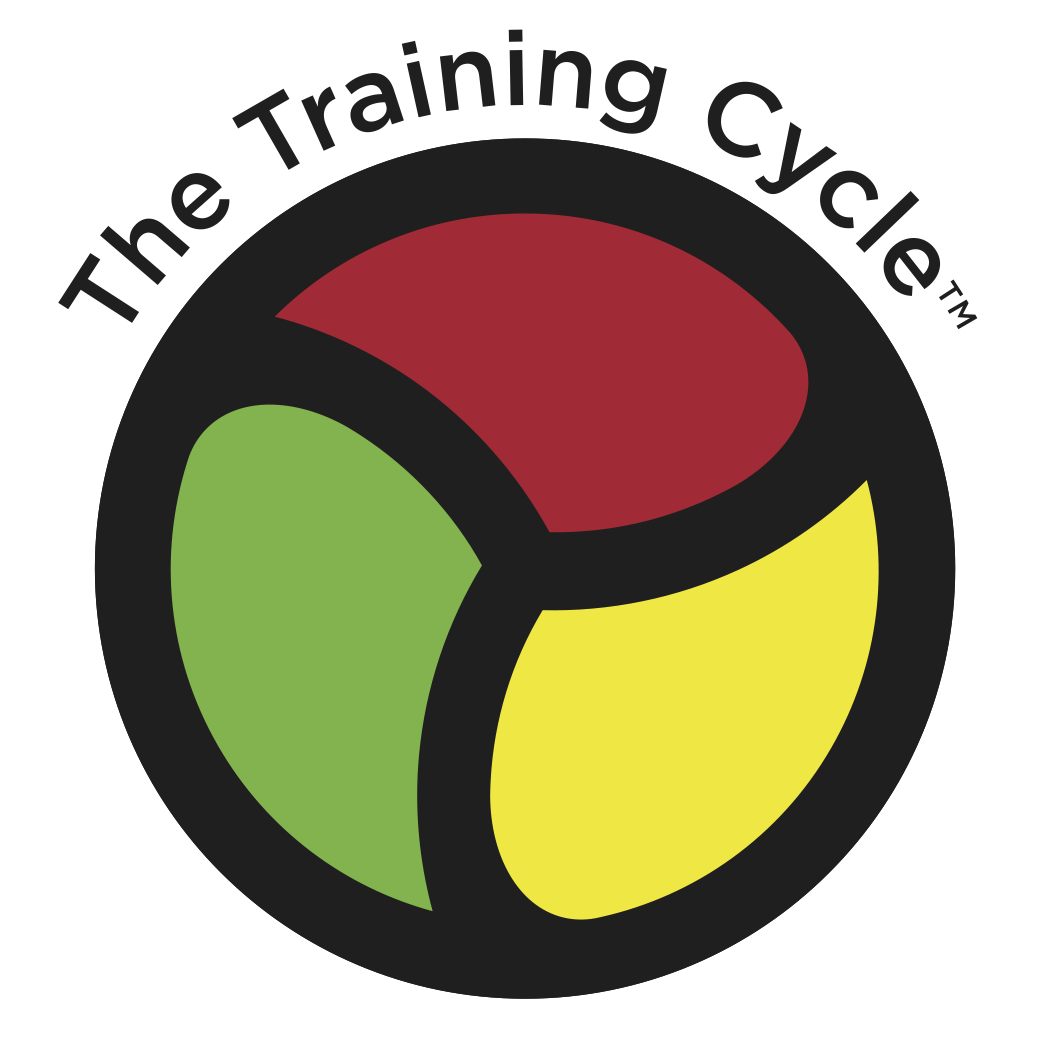Your Path to Mastery
A personal exercise to discover the path you took to mastery. Once you have been through this exercise, you can use the same process to plan your path to master anything!
How Do You Get Really, Really Good at Something?
Over the ages all manner of philosophers, mystics, poets, and writers have looked at the path to mastery. For everyone who has written about it, there are probably many times more opinions on how you can go through the process in life to become good at something.
Today we are going to take a high level, 50,000 foot view of this, and look at your path to mastery – a path you can present to your friends, family, co-workers, anyone.
The Goal
For our purposes, the goal is being a great doer, a great mentor, a great educator. We want to get to the point where we can effortlessly teach.
There are two parts of this puzzle. One is to become a master at the intellectual property, or content, or thing that you plan to offer to others. The second is to become equally adept at training. In other words, know your content, and know how to communicate it.
The Steps
The path to mastery occurs over four steps:
Discovery
Training
Practice
Teaching
When I discovered this, I took a long piece of paper and drew a line across the bottom, spanning the whole page, maybe three feet/one meter wide. On the right side I wrote where I started. On the left side I wrote where I am today. You can download and print the Path to Mastery Worksheet from the course content, or click here to download:
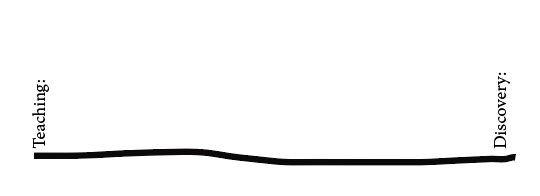
To run through this exercise I had to choose something that I felt I had already mastered, so I chose aviation. I’m a skilled pilot and flight instructor – I flew competition aerobatics for many years, I taught in a manufacturer’s training program for high performance aircraft, and I trained a lot of very advanced pilots. I remember sitting at an airport training a competition aerobatic pilot in his single seat airplane. I was on the ground with a radio critiquing his loops, rolls, and other aerobatic maneuvers and I had this flash of, “How did I ever get to this point as an aerobatic flight instructor?”
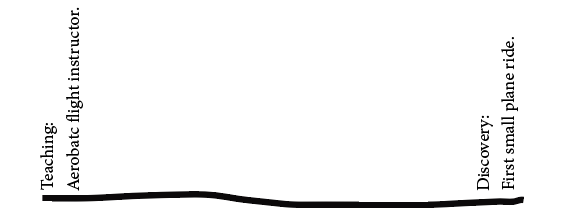
Discovery
It’s a big jump, from first flight to aerobatic instructor. What is the process of discovery? I was interested in flying but did not know much about it. I had a job where I was traveling a lot and I thought flying would be great, it will save me a lot of time. So I went to the local airport and got a little 30 minute demonstration flight. We flew around in circles and by the time we got back I was hooked. I immediately signed up for lessons.
That was the discovery part, something that piqued my interest and got me focused on trying something new. I had no expectations of being an airline pilot or being a professional pilot. I just thought, “This is fun. Let me try it.” That’s discovery.
Training
Very close on the paper to the discovery stage is the training stage. This is where I started flight training. I met my instructor and began ground school. I spent the early instruction time flying straight and level, then shallow turns, then learning to fly slowly, eventually learning how to land. That’s the initial training part.
Although it is possible to skip this step – and in many fields people try to skip the training step and learn on their own – in no field is it more obvious that you need a training step than in aviation. Training not only shortens the process, it makes everything dramatically safer.
Eventually, after months of training, I received a private pilot certificate.
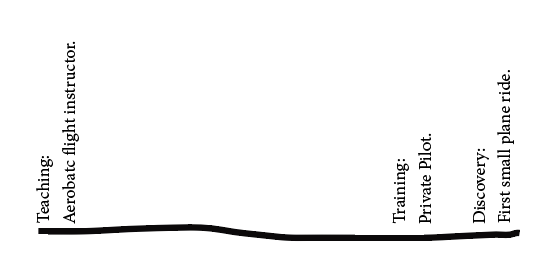
Practice
Next is practice. Practice is about proficiency. The practice stage is as important as training. If you try to skip the practice steps, advancement in training becomes almost impossible because you never master your current level and likely you will practice bad skills. For me, I went on to get a commercial pilot certificate, additional ratings, and eventually became a flight instructor. So the process really is:
Training Practice Training Practice Training Practice…
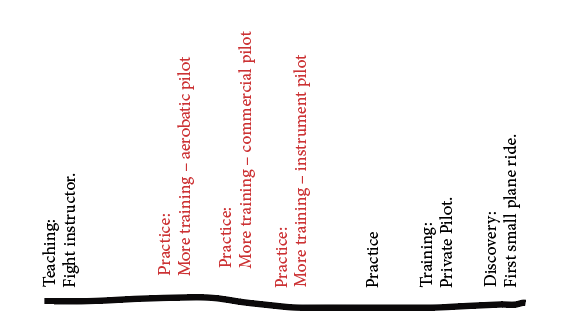
Teaching
I got better and better at the skills around flying and situational awareness. I built an airplane, which anchored my understanding of aerodynamics. I taught a lot of very advanced flying. Only then, as an instructor, I really began to learn to fly. The training and practice got me proficient, but the teaching took me to a much higher level.
In training, it’s generally true that if the student learns ten things, the teacher learns 100 things. The level of mastery begins with teaching.
Exercise
Now you try it. Do this with anything you are good at – software coding, running marathons, cooking, gardening, writing books, surgery – whatever you like to do. Draw the line or download and use the worksheet. If you use your own paper, get as big a sheet as possible, like from a roll of freezer paper, or something like that.
On the right put discovery. Go back and think about the first time you discovered whatever it is you are doing. On the left, see how far you have taken it – hopefully it’s teaching or coaching. Then fill in the steps between discovery and teaching.
